The music industry is experiencing an unprecedented surge in copyright infringement lawsuits related to sampling, with legal cases more than doubling over the past five years according to court records and industry analysts. What was once considered a niche area of entertainment law has become one of the most contentious and rapidly growing legal battlegrounds in intellectual property.
The sampling lawsuit explosion has left artists, producers, and labels scrambling to navigate the increasingly complex legal landscape. Where clearance negotiations for samples were once handled quietly between industry insiders, today's environment frequently sees disputes escalating to federal court, with damages claims reaching into the millions.
Legal experts point to several converging factors driving this trend. The democratization of music production technology means more creators than ever are incorporating samples into their work. At the same time, rights holders have become more aggressive in protecting their catalogs, empowered by recent high-profile verdicts and settlements that have established new precedents for sample clearance requirements.
The Blurred Lines effect continues to loom large over the industry. The 2015 verdict against Robin Thicke and Pharrell Williams, while not strictly a sampling case, demonstrated that copyright holders could successfully pursue claims based on stylistic similarities rather than direct copying. This precedent has emboldened plaintiffs and made the legal environment significantly riskier for artists working with any pre-existing musical material.
Compounding the issue is the streaming era's complete restructuring of music economics. Where samples might have gone unnoticed on limited-pressing vinyl releases in the 1980s, today's digital distribution means every composition is potentially exposed to billions of listeners worldwide - and more importantly, to the algorithms and human auditors employed by publishing companies to detect unauthorized usage.
The clearance process itself has become a significant bottleneck. Industry veterans report that sample clearance negotiations that might have taken weeks in the 1990s now frequently stretch into months or years, with multiple rights holders often claiming stakes in the same source material. The resulting delays and costs are pushing some artists to release music without proper clearances, gambling that the potential legal consequences won't outweigh the benefits of timely releases.
Catalog acquisitions fuel litigation as investment firms snapping up music publishing rights see sample-related claims as low-hanging fruit for monetization. Unlike the original artists who might have been more lenient about sample usage, these financial entities approach infringement claims with spreadsheet precision, calculating potential earnings down to the decimal point.
The hip-hop community has been particularly impacted, given the genre's foundational relationship with sampling. Many veteran producers express frustration at what they see as the criminalization of creative processes that were standard practice for decades. "We used to build on what came before us as a form of respect," remarked one Grammy-winning producer who asked not to be named due to ongoing litigation. "Now they want us to pay for every single note, every drum hit. It's changing the art form."
Legal scholars note that copyright law has failed to keep pace with sampling's artistic realities. The current system treats all samples equally, whether it's a three-second horn stab or an entire chorus lifted verbatim. This all-or-nothing approach creates particular challenges for transformative works that use samples in innovative ways, often leaving judges with limited legal frameworks to evaluate fair use claims.
The international dimension adds further complexity. With streaming making music globally accessible, artists increasingly find themselves facing infringement claims in multiple jurisdictions with differing copyright standards. A sample that might be considered fair use in one country could trigger automatic statutory damages in another, creating legal exposure that's difficult to predict or mitigate.
Sample clearance insurance has emerged as a growing niche product, with specialty underwriters offering policies to protect against infringement claims. However, premiums are often prohibitively expensive for all but the most established artists, and policies typically come with lengthy exclusions and limitations that leave significant gaps in coverage.
The educational impact may be the most concerning long-term effect. Music production programs report that students are increasingly avoiding sampling altogether, fearing the legal ramifications. This generational shift could fundamentally alter how popular music is created, potentially diminishing the rich tradition of musical reference and recombination that has driven innovation for decades.
Some industry voices are calling for legislative reforms to create a sampling compulsory license system similar to what exists for cover songs. Such a framework would allow artists to use samples while guaranteeing compensation to rights holders, theoretically reducing litigation while ensuring fair payment. However, these proposals face stiff opposition from publishers and some artist groups who argue they would devalue musical copyrights.
The human cost of the sampling lawsuit boom often gets overlooked in discussions about legal theory and industry economics. Numerous promising careers have been derailed by infringement claims, sometimes over samples the artists didn't even know were uncleared. The psychological toll on creators facing six- or seven-figure damage claims can be devastating, regardless of the merits of the case.
As the litigation wave shows no signs of abating, the music business finds itself at a crossroads. The current path threatens to stifle creativity and concentrate musical production in the hands of those who can afford the legal risks. Yet finding a balanced solution that respects both artistic innovation and rightful compensation remains an enormous challenge with billions of dollars at stake.
The next five years will likely determine whether sampling remains a vital creative tool or becomes prohibitively risky for all but the most well-funded artists. What's certain is that the golden age of casual sampling is over, replaced by an era where every musical reference carries potential legal consequences that can make or break careers.
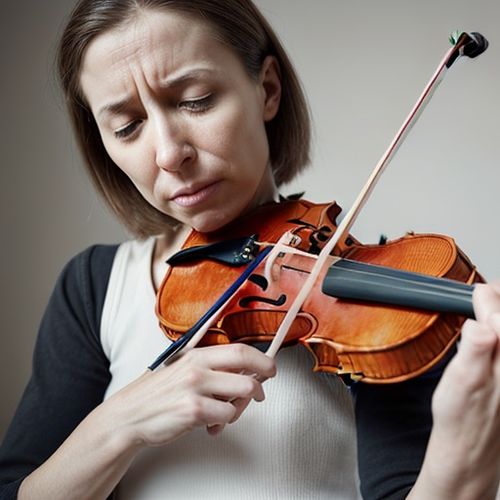
By Ryan Martin/Apr 14, 2025
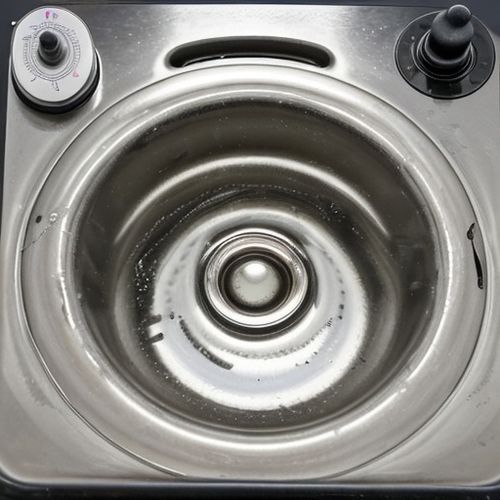
By Daniel Scott/Apr 14, 2025

By Megan Clark/Apr 14, 2025

By Noah Bell/Apr 14, 2025
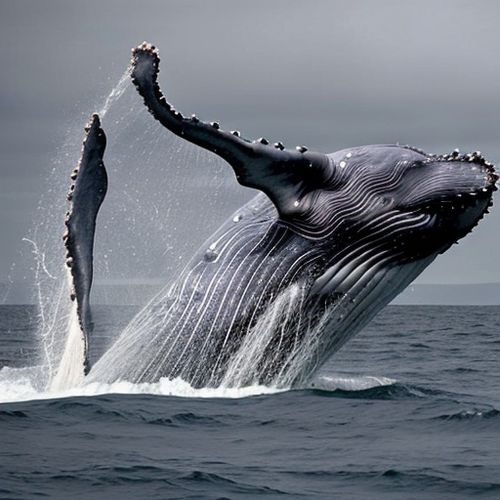
By George Bailey/Apr 14, 2025
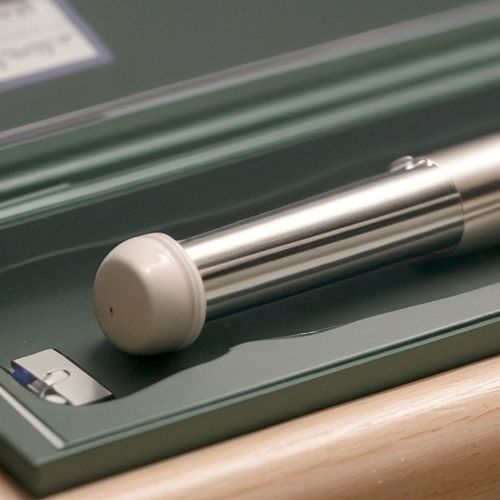
By Laura Wilson/Apr 14, 2025
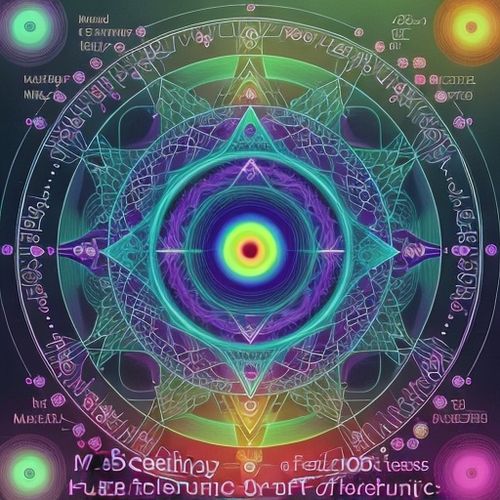
By Ryan Martin/Apr 14, 2025

By Grace Cox/Apr 14, 2025

By Amanda Phillips/Apr 14, 2025

By Joshua Howard/Apr 14, 2025

By Emily Johnson/Apr 14, 2025
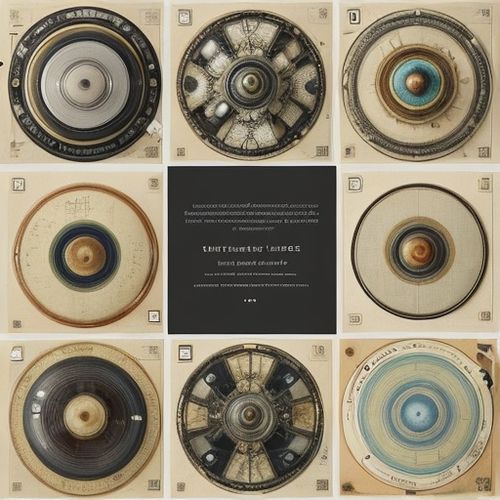
By Michael Brown/Apr 14, 2025
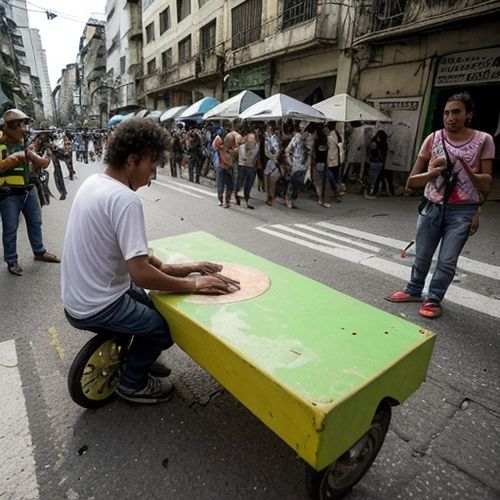
By Benjamin Evans/Apr 14, 2025
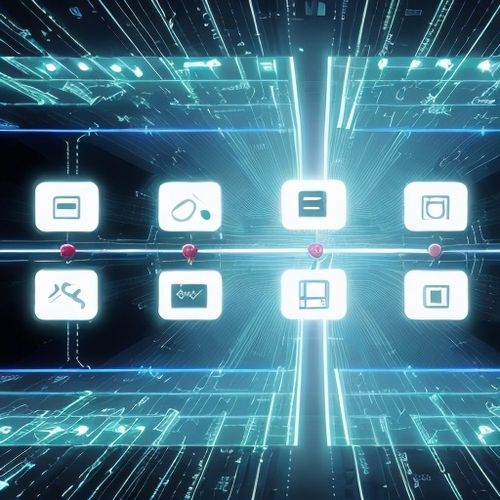
By Megan Clark/Apr 14, 2025
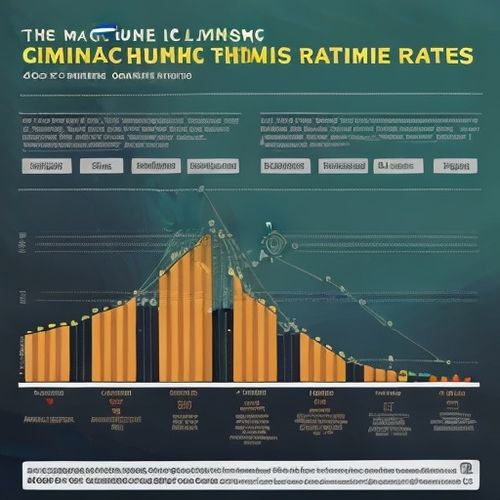
By Lily Simpson/Apr 14, 2025
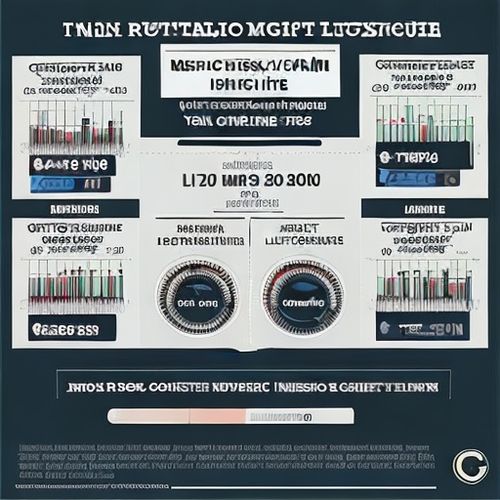
By Samuel Cooper/Apr 14, 2025

By Olivia Reed/Apr 14, 2025
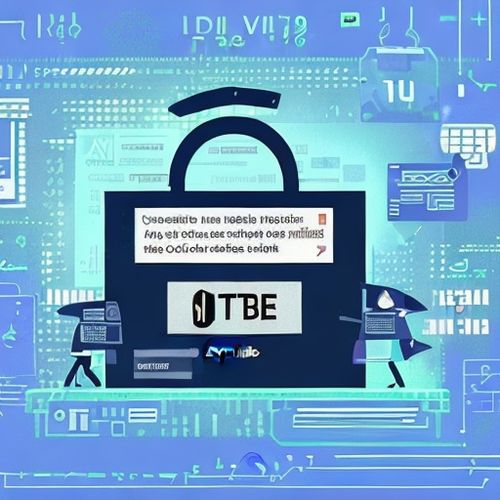
By Christopher Harris/Apr 14, 2025

By Megan Clark/Apr 14, 2025

By Emma Thompson/Apr 14, 2025